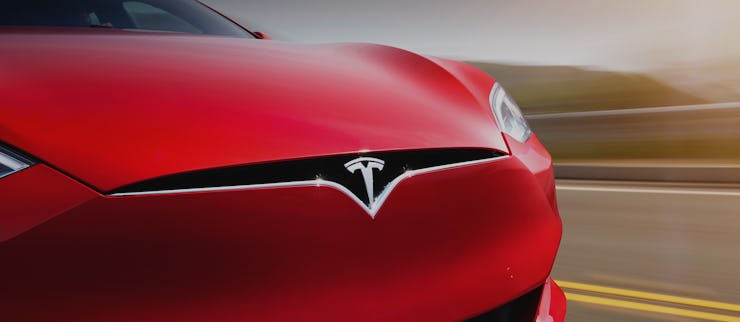Elon Musk details ambitious timeline to roll out full self-driving Tesla
The pressure is on.

When will the Tesla offer full autonomous driving? It could come as early as the end of this year, Elon Musk has claimed.
The Tesla CEO claimed during the company’s third-quarter earnings call on October 23 that a fully-functional full self-driving system could enter an early access phase as soon as before the end of 2019. If true, it would come just weeks after the Smart Summon feature enabled users to move their cars with line-of-sight control.
“While it’s going to be tight, it still does appear that we will be at least in limited — in early access release of a feature-complete Full Self-Driving feature this year,” Musk said during the call. “So, it’s not for sure, but it appears to be on track for at least an early access release of a fully functional Full Self-Driving by the end of this year.”
Musk is well-known for making big promises on full self-driving. When the company announced its “Hardware 2” sensor suite in October 2016, it promised that through a series of software and computer upgrades, it could enable a coast-to-coast autonomous drive across the United States by the end of 2017. The coast-to-coast drive never happened, and Musk later claimed in February 2018 that it would have led to a “brittle” solution anyway.
The Tesla lineup, featuring the Model S, Semi, 3 and X.
Since then, the company has started rolling out the computer that may power full self-driving. “Hardware 3” is an in-house chip that slots into existing cars, leveraging the same camera setup to offer a computer vision-powered autonomous driving solution. The chip, detailed in August, is 10 times faster than the Nvidia chip that came before. Musk described it at its unveiling as “the key to Tesla full vehicle autonomy.”
The company has since made some big moves, gradually edging its cars toward taking on more tasks. Navigate on Autopilot, released in October 2018, drives the car off the highway at the correct exit based on the GPS destination as long as they keep their attention on the road. In April 2019, this feature dropped the lane switch confirmation. Smart Summon, released October, enables users to summon their car to their location as long as they maintain direct line of sight.
Based on Musk’s revised timeline, here’s what may happen.
October or November: improved Smart Summon
The company is expected to roll out an improved version of the Smart Summon feature. Musk mentioned during the call that the feature has been used over one million times, and this data can be used to make improvements.
Smart Summon has been a viral hit since launch, with videos on YouTube demonstrating the feature racking up hundreds of thousands of views.
As for when these updates may launch? “In the next week or so,” Musk claims.
A hypothetical Model 3 with no steering wheel.
End of 2019: feature-complete Autopilot
Although it seems unlikely — Musk himself described the deadline as “tight” — Tesla could roll out a feature-complete version of full self-driving capability to early access software users as soon as the end of this year.
What does that mean? Musk explained it as “the car is able to drive from one’s house to work, most likely without interventions.” That means the user would still have to watch the car’s operation, just like the current Autopilot system, and intervene if something goes wrong.
Musk explained that the functionality would fill in the gap between low-speed autonomy serviced by Smart Summon, and high-speed autonomy serviced by Navigate on Autopilot. This intermediate-speed autonomy, where the car is reading traffic signs on local roads, may receive some aid from Tesla’s acquisition of DeepScale earlier this month.
“It doesn’t mean like every scenario, everywhere on earth, including ever corner case, it just means most of the time,” Musk said.
Musk explained that, past this level, there are two further levels. The first is where Tesla believes the car is safe enough to operate without supervision. The third is where regulators agree with Tesla. This feature-complete stage only brings Tesla to the point where the car still needs supervision.
A Tesla Model S.
End of 2020: robo-taxi
Tesla’s long-stated aspiration is to operate an Uber-like service where autonomous cars can pick users up and take them to their destination, while car owners earn a portion of fares for lending their car to the operating fleet. This means people will be able to put their cars to good use while they are not using them. Analysis suggests it could earn owners up to $10,000 per year.
“Expect to have that from a functionality standpoint by the end of next year,” Musk said.
This is focusing on those latter two levels of autonomy Musk outlined above, where Tesla and regulators believe the car can operate safely without any supervision. Of course, as it requires a thumbs-up from the regulators, it’s unclear whether the feature would actually launch at that point.
“That transition, that sort of flipping the switch from a car that is from not robo-taxi to robo-taxi, I think, will probably be the biggest step-change increase in asset value in history by far,” Musk said.
The pressure’s on for Tesla to get it right.